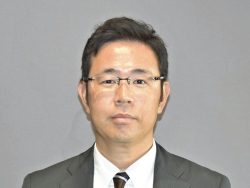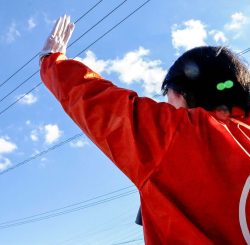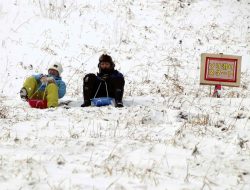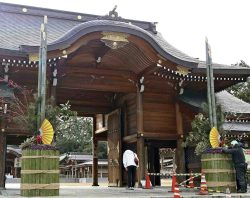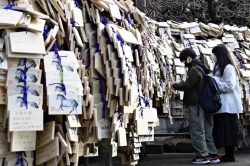Low Voter Turnout to Be Issue in Japan’s Upcoming Lower House Election; Teen Voting Rates Lag Other Age Groups

1:00 JST, October 16, 2024
Voter turnout for recent polls has been low, and attention will be focused on how to address the issue during the campaign for the upcoming House of Representatives general election.
In the 2014 lower house election, voter turnout reached a postwar low of 52.66% in the single-seat constituency segment. While turnout gradually recovered to 53.68% in 2017 and 55.93% in 2021, it has not exceeded 60% in the past three elections.
In the 1958 election, in which the Liberal Democratic Party and the former Japan Socialist Party waged a fierce struggle for power under the so-called 1955 system, the postwar voter turnout rate peaked at 76.99%.
The LDP monopolized power during the period from 1955 to 1993.
Turnout then remained mostly in the 60%-70% range, but it has been markedly low in recent years.
Voter turnout is believed to have been affected by bad weather as well as the COVID-19 pandemic.
However, it has also been pointed out that public interest in elections has waned because of the political situation in which the LDP is dominant, enjoying much higher approval ratings than opposition parties.
Amid criticism of the LDP over political funds problems, newly designated Prime Minister Shigeru Ishiba decided to call a snap election in an attempt to win the public’s confidence in the new administration. Constitutional Democratic Party of Japan President Yoshihiko Noda has called for a change of government, a stance that may increase voter interest in the election.
Another issue is how to increase the voting rate among younger people.
The minimum voting age was lowered in 2016, and people age 18 and older were able to cast votes in the 2017 lower house election. However, the voting rate among teenagers has continued to be lower than that of other age groups.
"Politics" POPULAR ARTICLE
-

Japanese Language Requirement Eyed for Permanent Residency Status; LDP Plans Revisions of Laws on Foreigners
-
-250x167.jpg)
Japan Eyes Plan to Accept Up To 1.23 Mil. Foreign Workers by End of Fiscal 2028
-
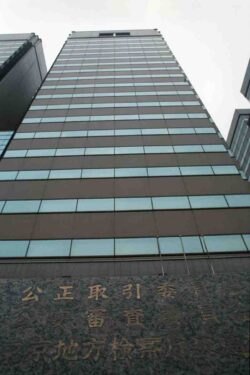
AI-Driven ‘Zero Clicks’ Phenomenon Threatens Democracy; News Outlets Must Be Able to Recover Costs, Stay Independent
-

Japanese Public, Private Sectors to Partner on ¥3 Tril. Project to Develop Domestic AI, SoftBank to Be Key Firm Involved
-

Japan’s Defense Ministry to Extend Reemployment Support for SDF Personnel to Age 65; Move Comes Amid Ongoing Labor Shortage
JN ACCESS RANKING
-

As Chinese Tourists Shun Japan, Hotels and Stores Suffer
-

Core Inflation in Tokyo Slows in December but Stays above BOJ Target
-

BOJ Gov. Ueda: Highly Likely Mechanism for Rising Wages, Prices Will Be Maintained
-

Osaka-Kansai Expo’s Economic Impact Estimated at ¥3.6 Trillion, Takes Actual Visitor Numbers into Account
-

Japan Govt Adopts Measures to Curb Mega Solar Power Plant Projects Amid Environmental Concerns


